Home>Furniture>Best Tatami Mats For a Traditional Japanese-Style Home
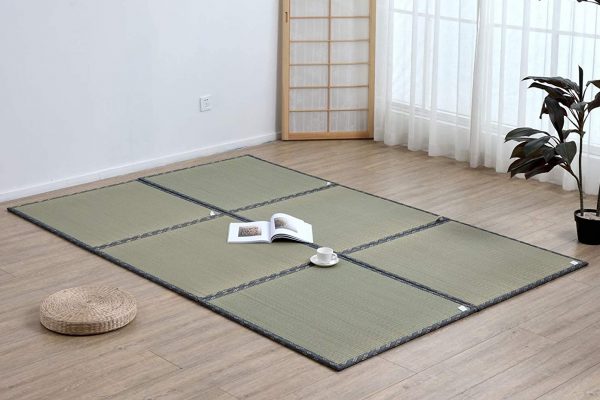
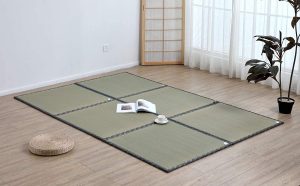
Furniture
Best Tatami Mats For a Traditional Japanese-Style Home
Modified: December 6, 2023
Transform your home into a warm and cozy space by adding a tatami mat. Learn how these Japanese floor mats can help improve your home's ambiance.
(Many of the links in this article redirect to a specific reviewed product. Your purchase of these products through affiliate links helps to generate commission for Storables.com, at no extra cost. Learn more)
From mainstream entertainment to architecture and interior design, Japanese culture has a strong influence in the West. Notice how some modern American homes have a Japanese flavor? Most condominium units and apartments now have open floor plans and minimalist interiors. The use of natural materials is also popular to create a comfortable space. Some people even use traditional Japanese tatami mats in bedrooms and living rooms.
What is a Tatami Mat?
A tatami mat is a traditional Japanese flooring made from a soft rush plant called Igusa, and rice straw. It has a unique yet fresh grassy smell that many Japanese people find sweet and pleasant. But if you are not used to the distinct aroma of Igusa, you will find it too strong. Back then, tatami mats were meant to be folded or piled, so they usually have a soft and thin structure. Today, they are quite bulky as the inner core is either made from polystyrene foam or wooden chipboard.
Read more: How To Revive A Matted Carpet
Origins of Tatami Mats: A Brief Background
Tatami mats are found in ancient Japanese history. They have been around since the Nara Period (AD 710–784) and were used by the nobility to sleep and sit on. By the 15th century, zashiki or tatami rooms became popular when shoin-zukuri or traditional Japanese-style homes emerged. If you have seen Japanese films about samurais, you will see how houses with paper walls, square columns, decorative coffered ceilings, and tatami-covered floors are common. This is the typical style of a traditional Japanese-style home.
It was only during the end of the 17th century when tatami floors became a common architectural characteristic in the houses of commoners and the lower class. Today, many families still have tatami rooms that function either as sleeping quarters or a place to entertain guests and visitors.
Pros and Cons of a Tatami Mat
Using a Japanese tatami mat has a lot of advantages. It has a natural texture that adds warmth and coziness to a room. But just like other floor coverings, tatami mats have their fare share pros and cons. Find out more about it below.
Pros
- A natural insulator
- Absorbs and blocks sound
- Unique Japanese aesthetic
- Absorbs and releases moisture
- An ideal base for futons or traditional Japanese beds
Cons
- Overpowering smell
- Not scratch-resistant
- Difficult to clean and maintain
- Prone to mold buildup
Best Tatami Mats
Despite the cons, tatami mats are still great home decor pieces, especially if you want to add a natural, cozy touch to your home. Below are some of the best tatami mats you can purchase from Amazon. Browsing through this list can help you decide what type and style is best for your home.
Let’s start with the MustMat Traditional Japanese Mat. Made from rush grass and non-woven fabric, this tatami floor mat is an ideal flooring material for sitting rooms. Although tatami-covered sitting rooms are only common in many traditional Japanese homes, modern Western homes can also have this type of room style. You can ask your interior designer to add a raised tatami area in the living room. This is convenient if you don’t have enough chairs to accommodate a large number of guests. You can also use some zabuton or floor pillows for added comfort.
Key Features
- 100% rush grass surface
- Firm and comfortable
Specifications
- 2-piece set
- Available in 1-piece
- Measures 35.4 inches x 78.7 inches x 1.2 inches
Pros
- Doesn’t fade fast
- Foldable design for added convenience
- Comfortable mat ideal for lounging areas
- Lightweight, portable mat for indoor use
Cons
- Quite thin
Ever wondered why many Japanese people sleep on the floor? It might look uncomfortable, but it’s not with the soft yet firm surface of the tatami mat. What’s more sleeping on a tatami-covered floor provides several health benefits. It helps promote proper spinal alignment as you are forced to sleep on your back. There are no dips, unlike with a regular bed and mattress.
If you want to try sleeping on a tatami-covered floor, consider buying this Tatami Mat from MYOYAY. Unlike traditional rush grass Japanese mats, the MYOYAY Tatami Mat is made from rattan. Plus, instead of a rice straw core, MYOYAY uses an elastic sponge filler to make the floor mat softer and more comfortable.
Key Features
- Portable design
- Natural rattan fibers
- Soft, elastic sponge filler
Specifications
- The tatami mat is 0.47 inches thick
- Measures 71 inches (L) x 71 inches (W)
- Available colors: Beige and brown
Pros
- Storage bag included
- Ideal for both indoor and outdoor use
- Elastic sponge filler is environmentally-friendly
- Has an anti-slip bottom to prevent the mat from moving
Cons
- Has a strong chemical smell at first
Moisture is a common problem in concrete floors because the humid air condenses with the cold surface of the concrete. But with the Oriental Furniture Tatami Mat, floor moisture is no longer a problem. It features a moisture barrier backing that helps protect the tatami mat from damage. This Japanese mat is also made from Igusa plant, which has moisture absorption properties. Just make sure to air it out from time to time to prevent mold build-up! It is also best to do this during summer or spring to allow the tatami mat to ventilate in fresh hair.
Furthermore, compared to other tatami mats, the Oriental Furniture Tatami Mat is more durable because it has a double-layer top and is bound with twine for extra durability.
Key Features
- Bound with twine
- Moisture backing
- Black fabric border
Specifications
- Measures 35.39 inches (W) x 70.88 inches (D) x 2 inches (H)
- Also available in different floor sizes
Pros
- Made from soft rush grass, so it feels comfortable
- Has a dried rice straw filling to make it extra durable
- An attractive flooring mat for bedrooms and living rooms
Cons
- Too firm compared to other Japanese tatami mats
Although winters are fun, the extremely cold weather can be uncomfortable for some people. Cozy up during the cold winter days by adding a kotatsu to your living room. A kotatsu is a low Japanese table with an electric heater and futon or or a large duvet mattress. This is best paired with a tatami mat as it has good insulation properties, so it can help retain heat.
Consider choosing the EMOOR Japanese Floor Mat for your makeshift Japanese-style living room. Made from a natural Igusa plant, this floor covering has a relaxing scent and pleasant touch. For sure, you won’t feel like getting up anymore once you are under the warm kotatsu table and lying on the soft, cozy tatami floor.
Key Features
- Lightweight
- Unique, relaxing scent
- Foldable, portable design
- 100% Natural Igusa rush
Specifications
- Measures 55 inches x 79 inches
- Also available in different sizes
Pros
- Convenient, easy-to-carry floor mat
- Doesn’t take up too much storage space
Cons
- High price tag
Apart from the living room, you can also use tatami mats in your bedroom. Since they are made from natural materials, they can make your bedroom appear warmer and more inviting. We recommend placing a couple of these floor mats over hardwood floors to create a stylish yet cozy space. Consider also decorating the bedroom with an ikebana to capture a Japanese aesthetic vibe.
Key Features
- 100% rush grass
- Convenient foldable design
- Pleasant Igusa plant aroma
Specifications
- Color: Natural
- Measures 55 inches (L) x 75 inches (W)
- The tatami mat is 0.5 inches thick
Pros
- Minimalist traditional look
- Foldable design helps save storage space
- Can be used to promote spine health
Cons
- No non-slip backing
If you have a desk job, you probably live a sedentary lifestyle. This can be dangerous as the lack of physical activity can lead to various health problems such as high blood and osteoporosis. Make sure to exercise daily to avoid such health risks. You can try yoga if you want a less exhausting, low-impact exercise.
For yoga exercises, we recommend buying the Tatami Yoga Mat from FULI. It is a modified tatami mat with a soft rush grass surface and reverse-side PVC. On top of that, this mat sports an interwoven design to prevent it from slipping.
Key Features
- Natural rush material
- Anti-slip interwoven design
Specifications
- Measures 24 inches × 70 inches
- The tatami mat is 0.4 inches thick
- Item weight: 4 pounds
Pros
- Beautiful “Sakura Fuji” design
- Has a relaxing and calming scent
- Rush material helps absorb harmful chemicals in the air
Cons
- Not thick enough
Toddler play mats made from PVC rubber or vinyl contain toxic chemicals that can harm a child’s health. Instead of rubber play mats, consider buying this Japanese Tatami Rug from Nisorpa. It is made from natural rattan, so it is safe for kids. This Japanese floor mat is also cool to touch, keeping your kids comfortable during the hot, summer days. For added safety, it has a non-slip bottom to prevent it from moving.
Key Features
- Non-slip bottom
- Memory foam core
- Natural rattan surface
Specifications
- Measures 71 inches (L) x 71 inches (W)
- The tatami mat is 1.2 inches thick
- Available colors: Green and brown
Pros
- Convenient foldable design
- Comes with a storage bag
- Cool and breathable Japanese floor mat
- Memory foam inner core for extra comfort
Cons
- Not stain-resistant
Care and Maintenance Tips for Tatami Mats
Make Sure to Wipe New Tatami Mats
Most traditional tatami mats are dyed with mud clay to keep them dry and preserve their natural color. Although effective, mud clay can leave a powdery residue on tatami mats. This is why you should wipe new tatami mats with a dry cloth to remove the residue.
Read more: How To Store Cricut Mats
Remove Odors by Shade-Drying Your Tatami Mat
If the grassy smell of tatami mats bother you, you can reduce the smell by shade-drying and airing it out for a whole day. If the smell remains, you may take it outside again and shade-dry for another 12 hours. Just remember not to expose it directly under sunlight as this can turn the beautiful natural green shade of tatami mats into yellow. Also, avoid spraying deodorizers on the tatami mat as this will affect the mat’s odor-removing properties.
Vacuum Clean Your Tatami Mat
Tatami mats will eventually get dirty and dusty, so you should clean them by vacuuming them regularly. Just be careful when using the vacuum because this can damage the tatami mat’s delicate woven surface. The proper way is to set it to “weak” mode and vacuum the tatami mat along the grain. After this, you may wipe it with a dry, microfiber cloth to clean the mat further.
Quickly Wipe Spills with a Dry Cloth
During get-togethers and family gatherings, some guests might accidentally spill on your tatami mat. If this happens, gently rub the mat with a dry cloth. For spills that might leave stubborn stains, try applying a creme cleanser. After that, grab a microfiber cloth, soak it in lukewarm water, squeeze it dry, and wipe your tatami mat.
Use Vinegar or Citric Acid for Deep Cleaning
When your tatami becomes too filthy, deep clean it with vinegar or citric acid. First, mix one teaspoon of vinegar or citric acid in a bucket of lukewarm water. Next, get a clean cloth, dip it in the bucket, and wring it out. Proceed to wipe the tatami mat with the damp cloth, and grab another dry cloth to remove the excess moisture. Last step is to air-dry your tatami mat outside to prevent mold buildup.
Read more: How To Wash Bathtub Mats
FAQ About Tatami Mats
-
How to store a tatami mat?
If you are only going to use your tatami mat occasionally, you have to store it in a cool, dry place. You are probably thinking it’s safe to put it in a basement or attic, but these areas are often cramped and not well-ventilated. So, it’s better to store your tatami mat in your bedroom. Just don’t forget to clean it first to avoid mold formation!
Another storage tip is to place it upright to prevent the mat from bending. You can also roll it up, but make sure it’s not too tight to allow the tatami mat to breathe.
-
How long does a tatami mat last?
Tatami mats made from natural, high-quality materials (multilayered rice straw core and natural Igusa cover) can last up to 50 years, if properly maintained. Meanwhile, those made with man-made materials such as PVC, compressed wood chips, and polystyrene last only for 10 years.
-
Where to put a tatami mat?
You can either put it in the living room or bedroom. Use the tatami mat in the living room to achieve a Ryokan-style or traditional Japanese inn interior. These Japanese floor mats are also great in the bedroom because of their relaxing and calming fragrance, allowing you to sleep peacefully at night. You may even consider adding a futon on top of the tatami mat for extra comfort and better sleep.
Read more: How To Install A Trampoline Mat
Decorate Your Home with Tatami Mats!
If you are drawn to the minimalist, natural style of Japanese interiors, consider investing in one of our recommended tatami mats above. These Japanese floor mats can be a good alternative to carpets if you want a natural floor covering for your home. They are eco-friendly and recyclable as they are made from Igusa plants and rice straw core. Tatami mats also have an exquisite muted green color that adds warmth and comfort to a space. If you decide to buy a tatami mat, you may also want to purchase some of these beautiful Japanese furniture pieces to build a zen home!
Was this page helpful?
At Storables.com, we guarantee accurate and reliable information. Our content, validated by Expert Board Contributors, is crafted following stringent Editorial Policies. We're committed to providing you with well-researched, expert-backed insights for all your informational needs.
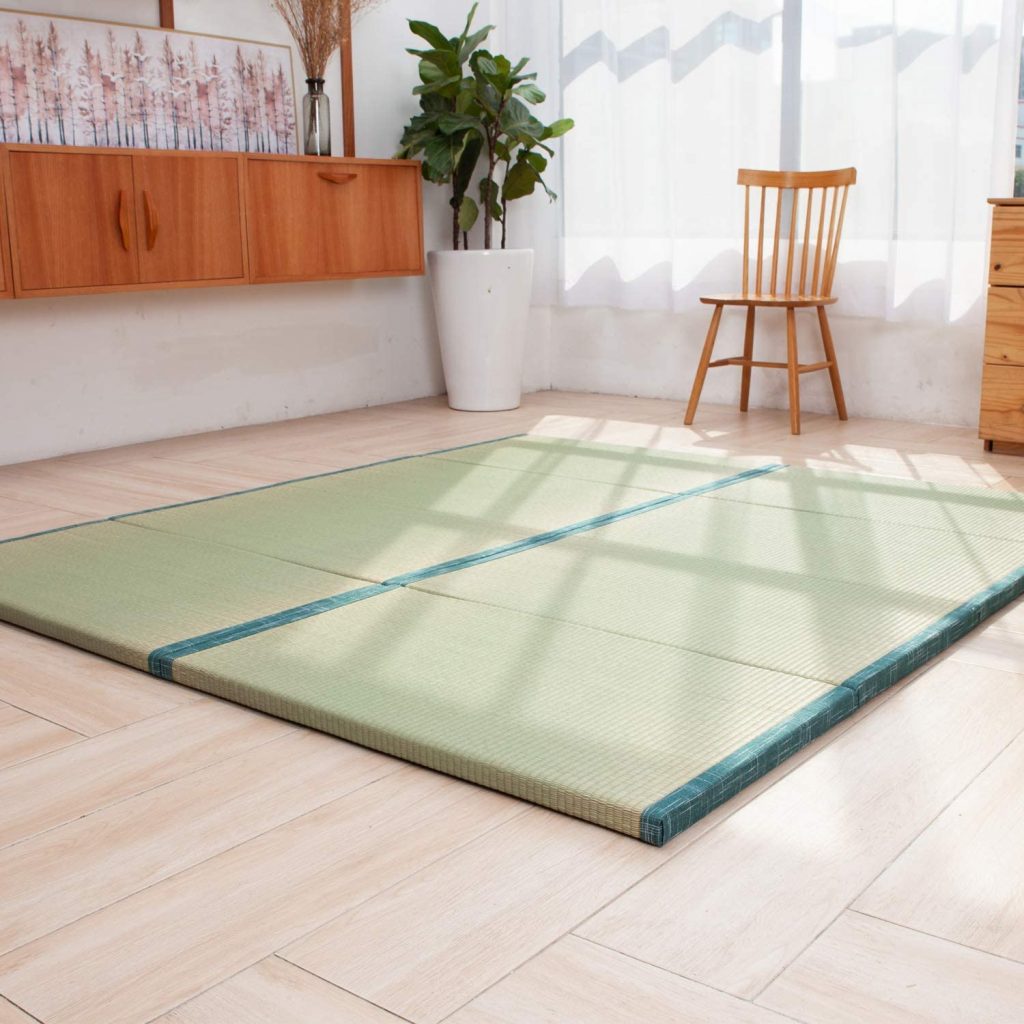
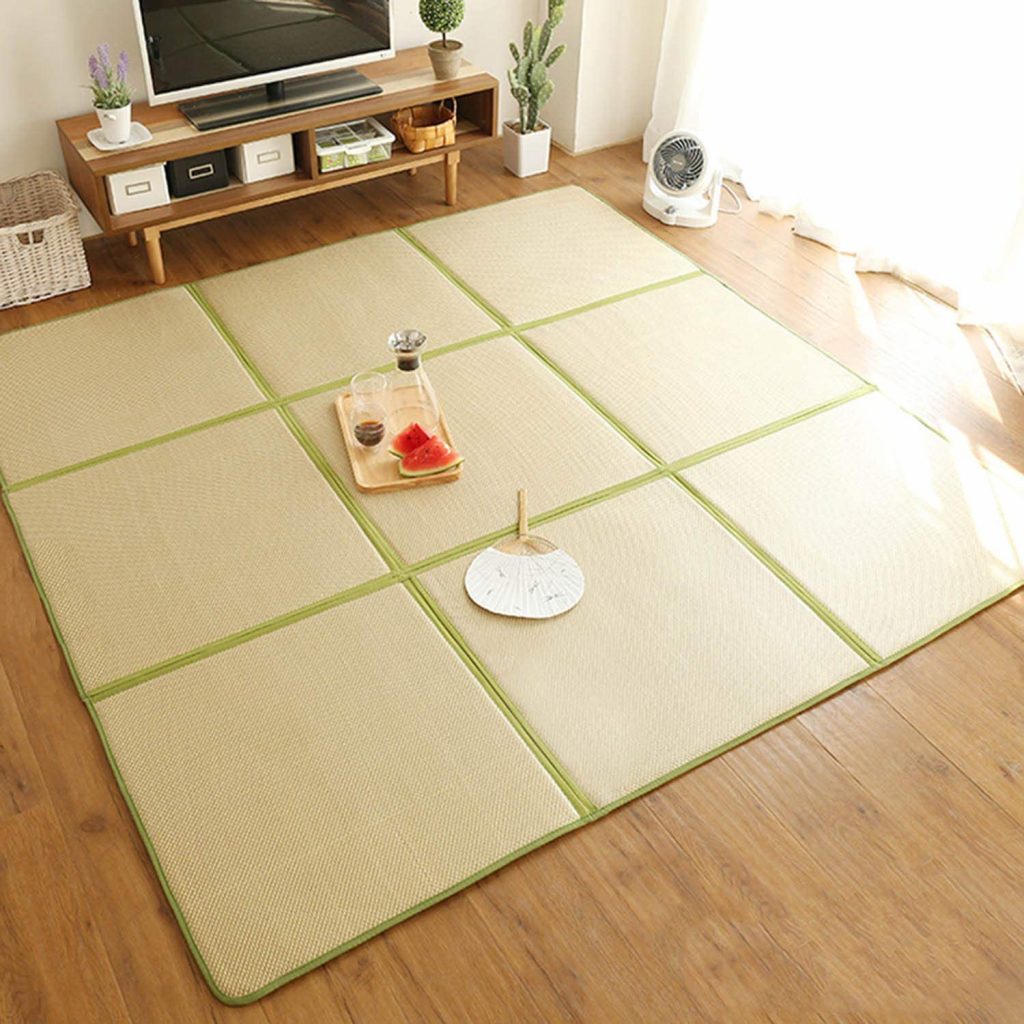

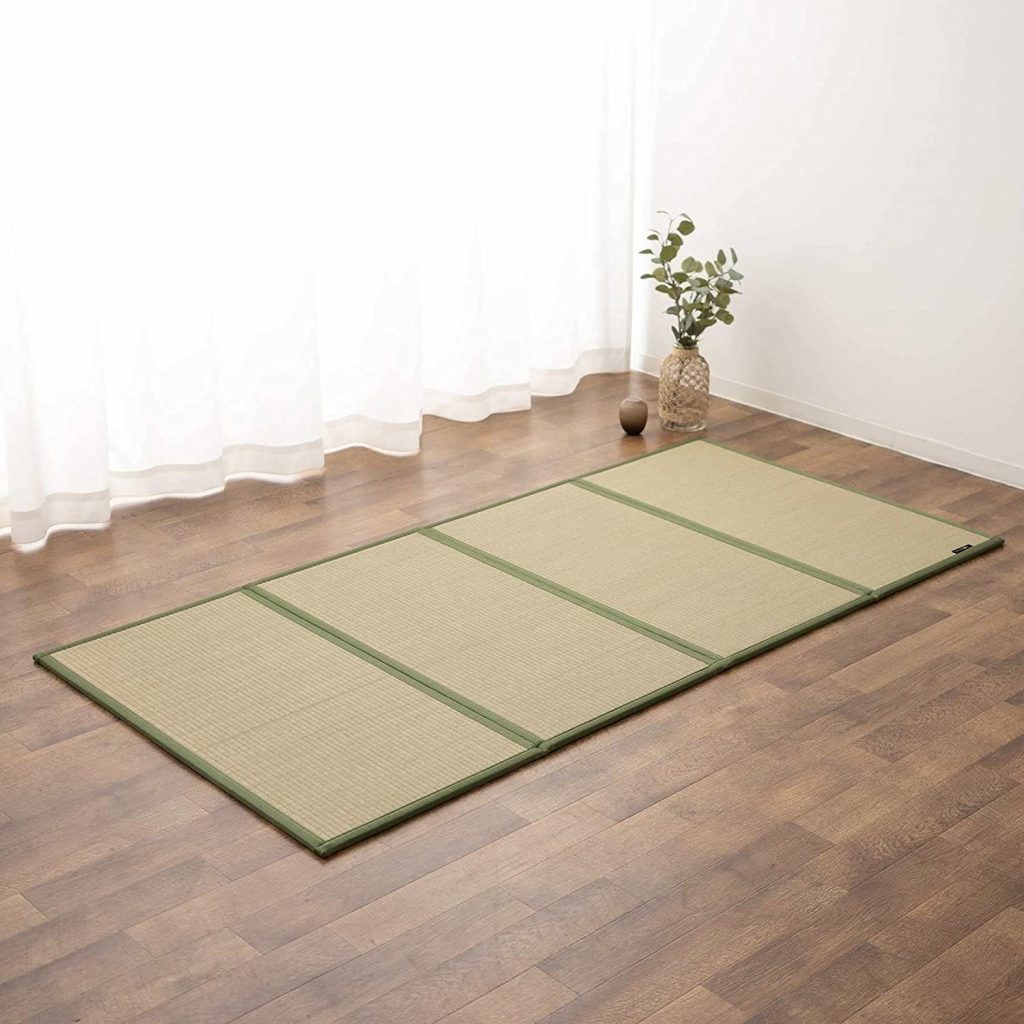
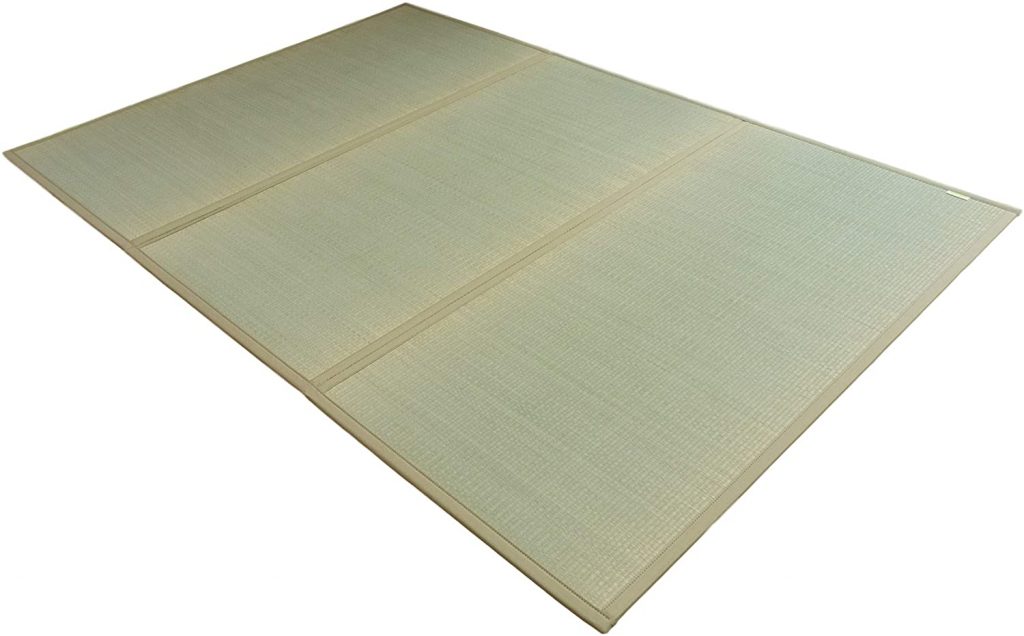
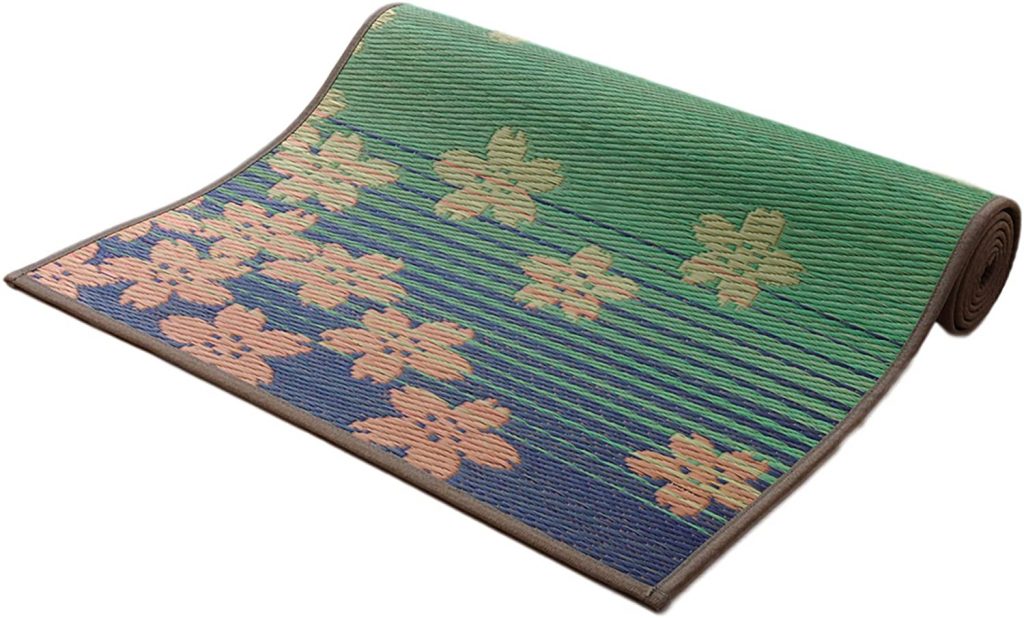
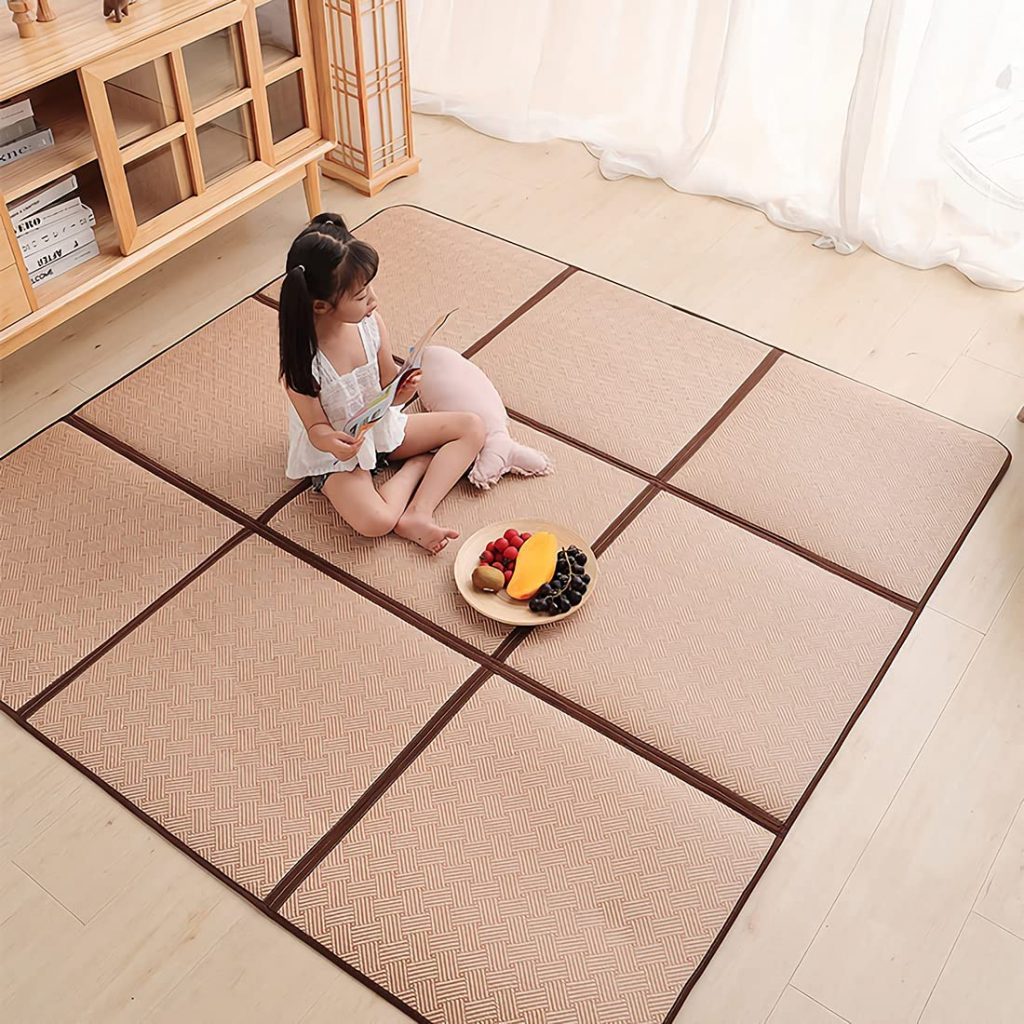
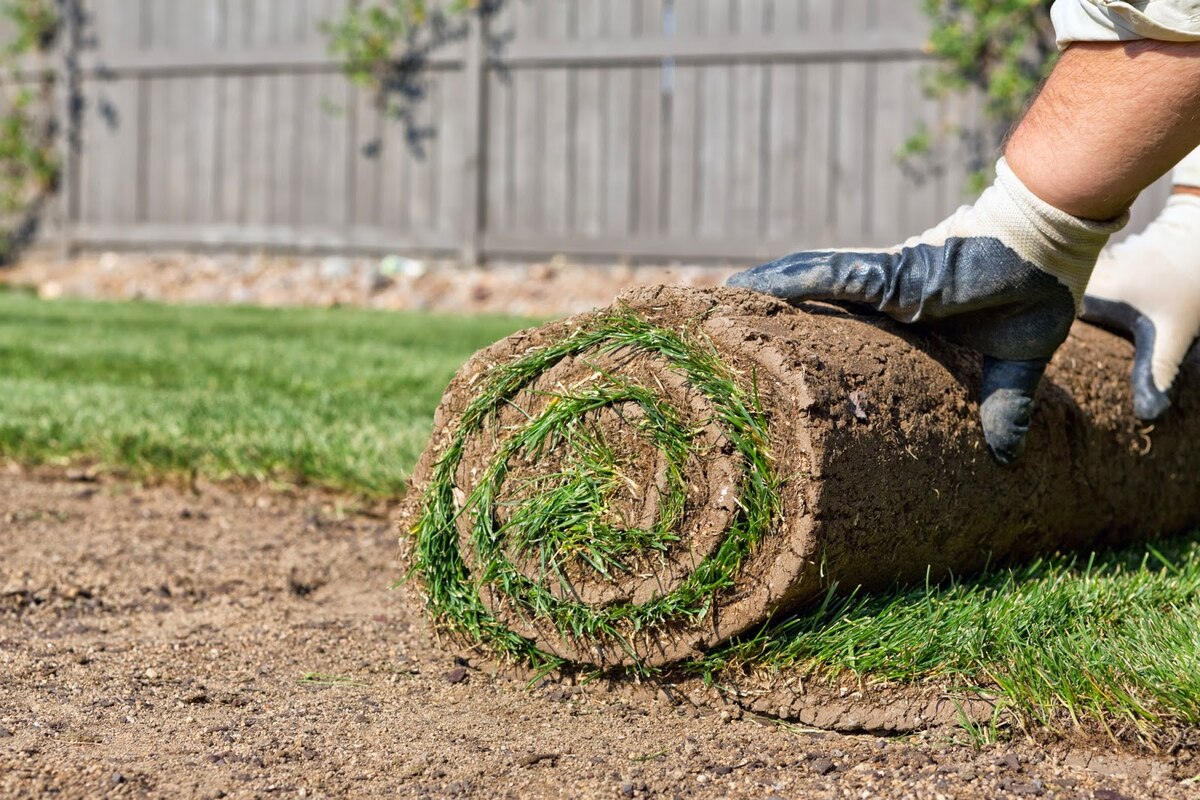

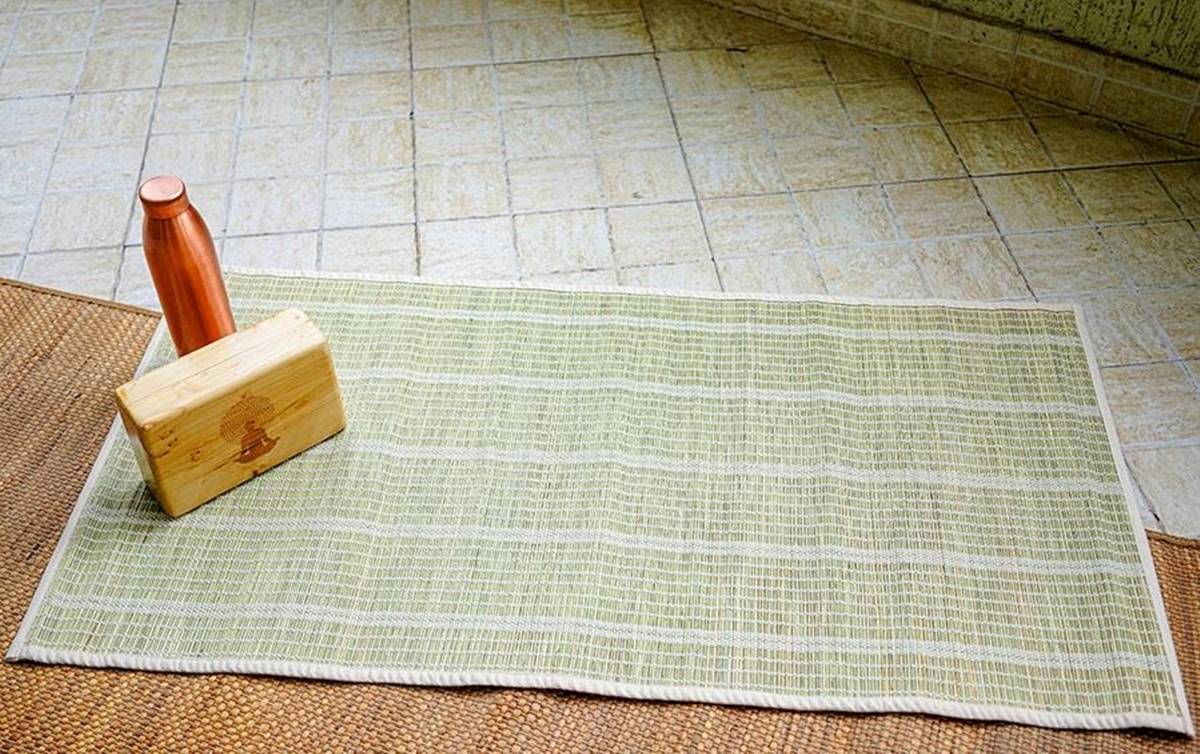
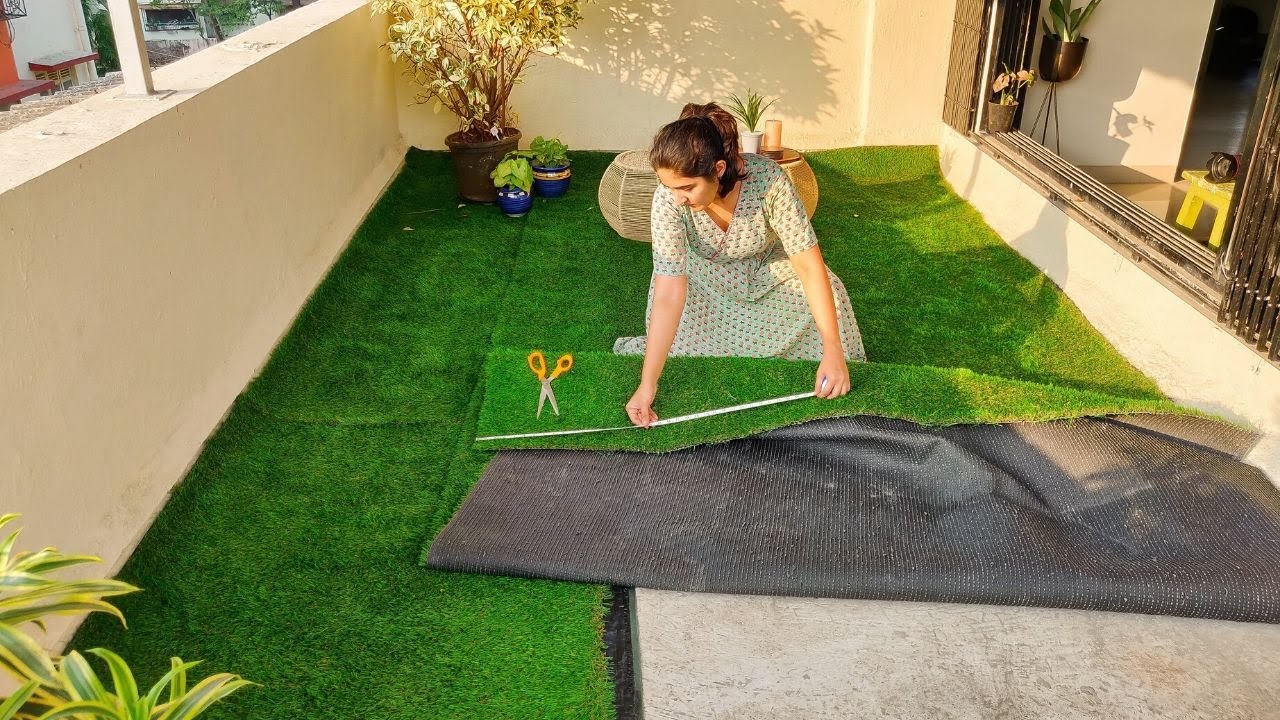

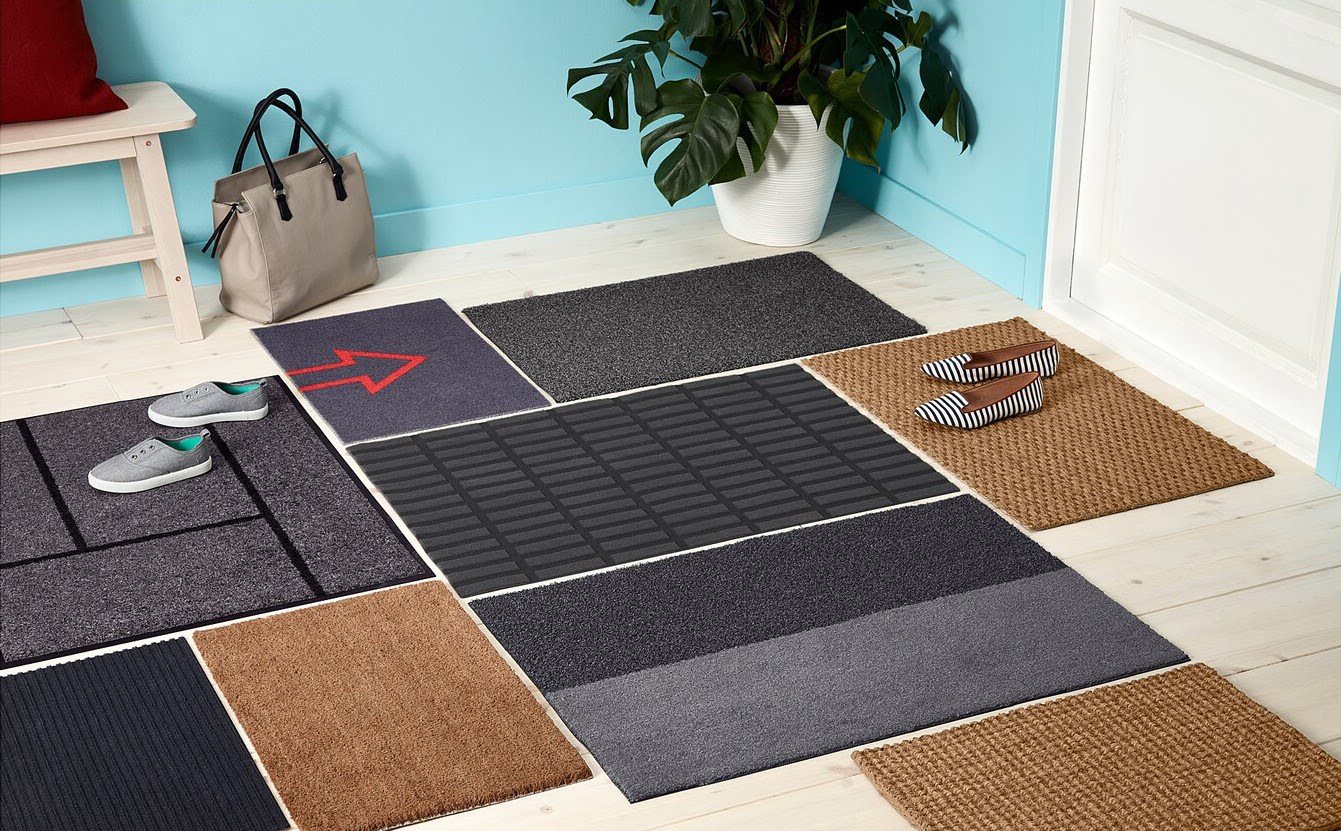
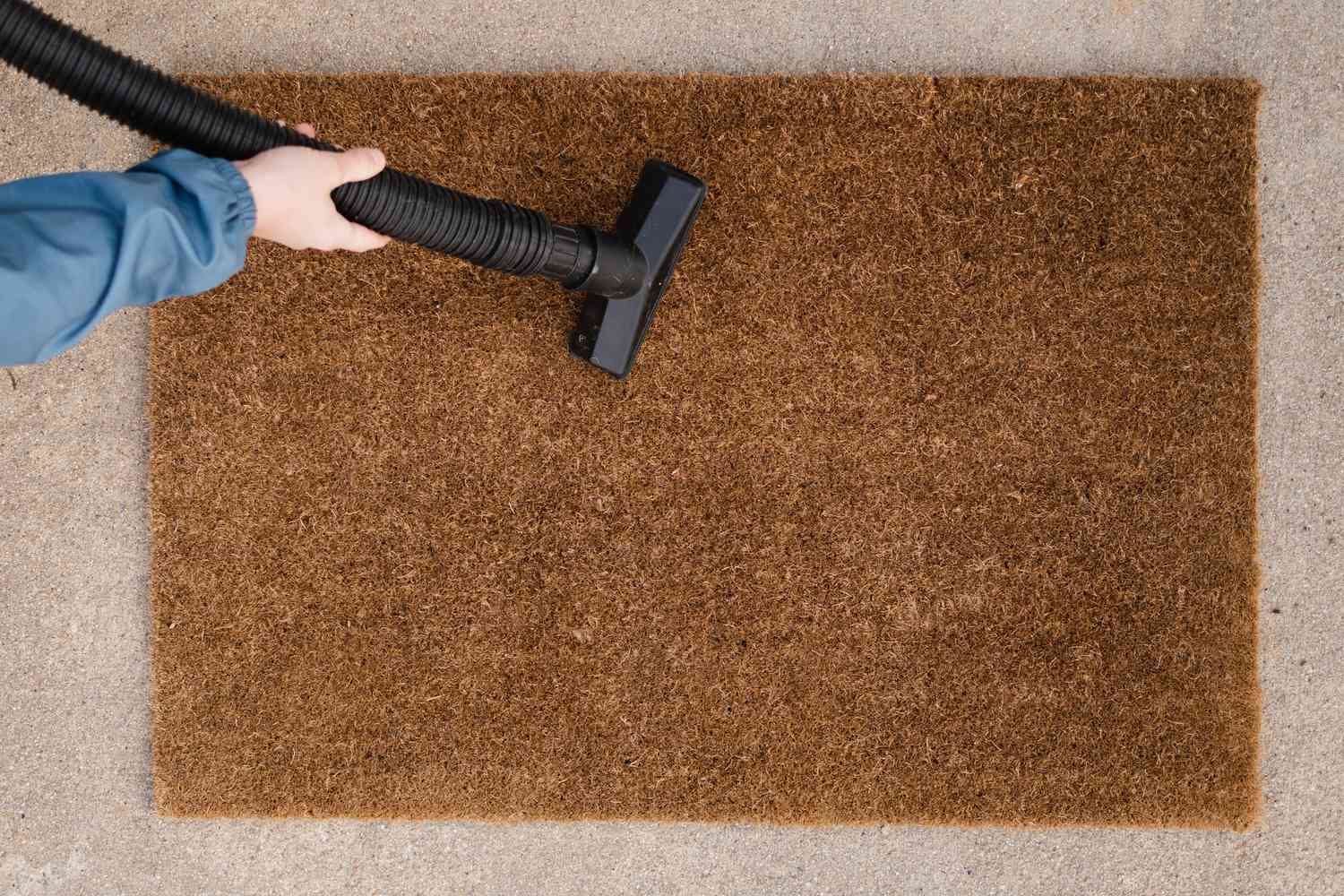

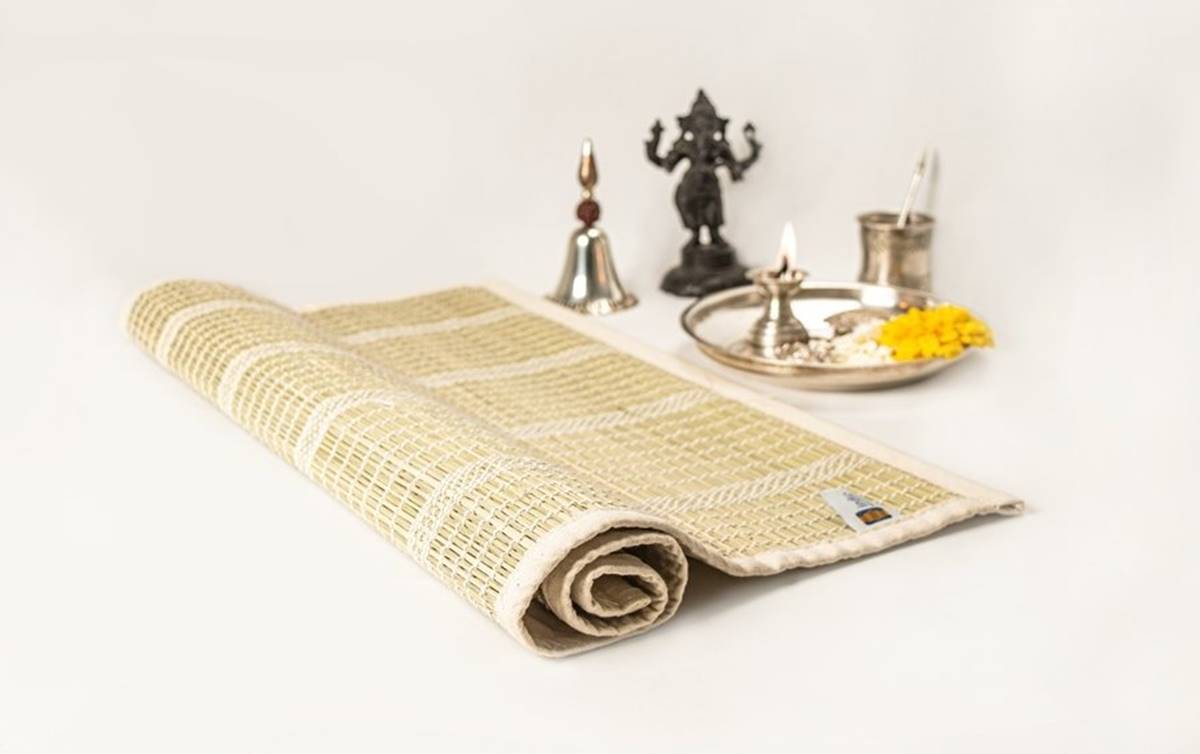

0 thoughts on “Best Tatami Mats For a Traditional Japanese-Style Home”